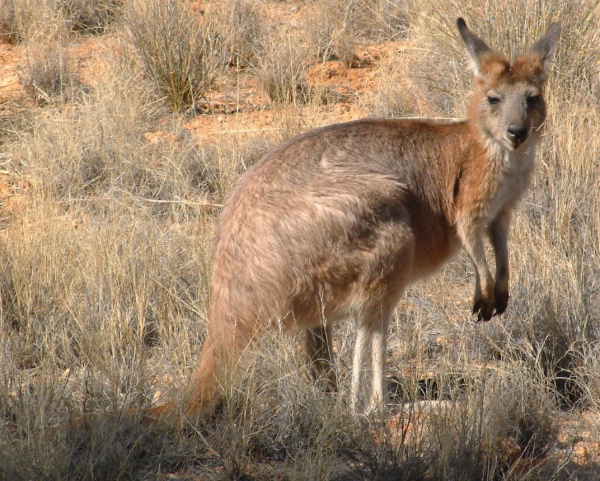Facts About Wallaroo, Euro, Hill Kangaroo
The common wallaroo, also known as the euro or hill wallaroo, is a species of macropod that is typically nocturnal and prefers a solitary lifestyle. One of their distinctive traits is the loud hissing sound they produce. There are four subspecies of wallaroos: the eastern wallaroo, the euro, the Barrow Island wallaroo, and Osphranter robustus woodwardi. Each subspecies varies in coloration and distribution.
Wallaroos can reproduce throughout the year, utilizing a remarkable biological mechanism called embryonic diapause, which allows females to delay the development of their embryos. Males are polygynous, meaning they mate with multiple females. The gestation period is approximately 30 to 38 days, after which the joey remains in its mother’s pouch until about six months of age.
The population of the eastern wallaroo remains stable and is not considered at risk, whereas the Barrow Island wallaroo is classified as vulnerable. In 2019, scientists reclassified wallaroos from the genus Macropus to the genus Osphranter. This taxonomic change was officially recognized by the Australian Faunal Directory in 2020.
